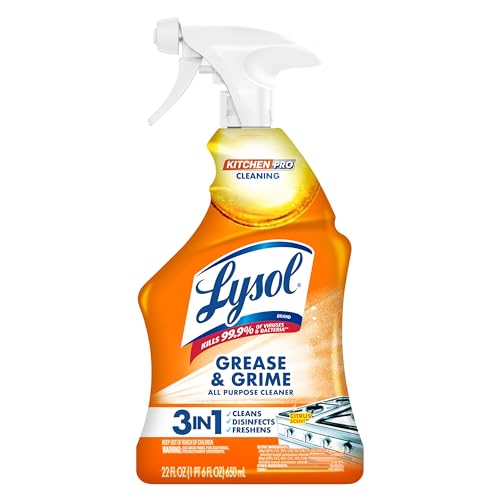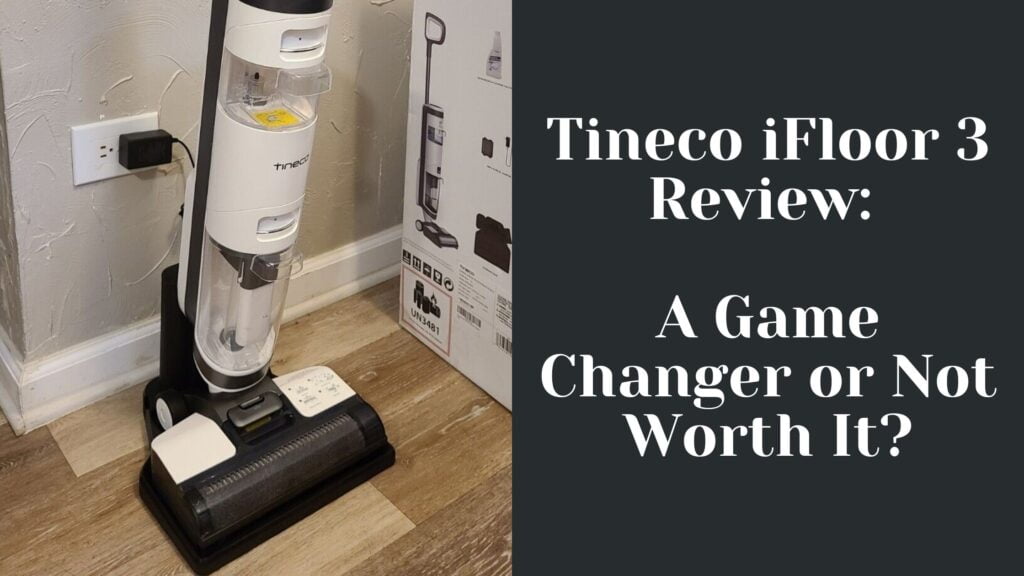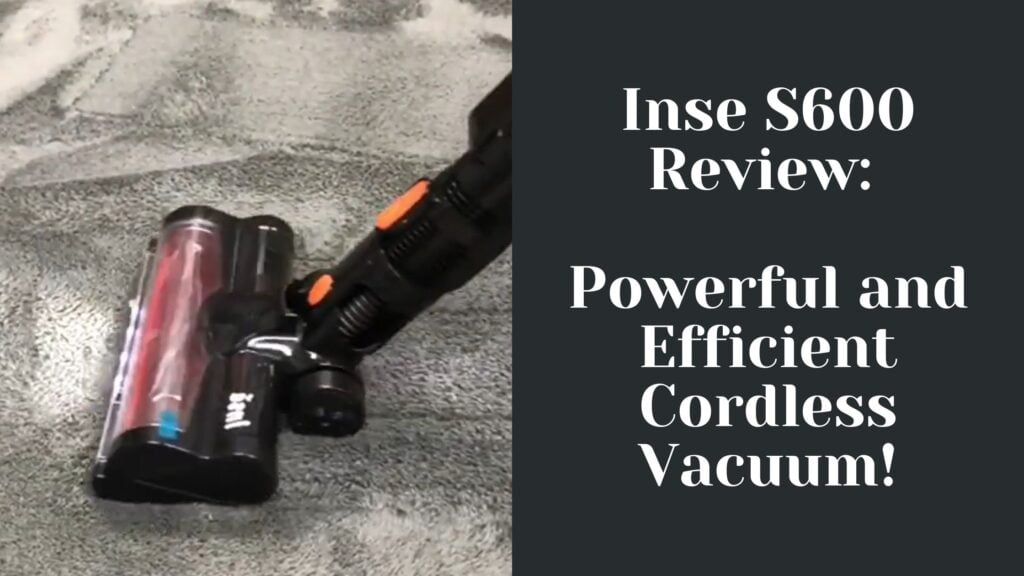In the world of automated home cleaning, the iRobot Roomba j7+ and the s9+ stand out as two highly sophisticated robot vacuums, each engineered with distinct features to cater to a variety of cleaning needs. My testing has revealed that the Roomba j7+ touts a sleek design and adept navigation, making it an excellent candidate for households with pets or those seeking a robot vacuum that can easily maneuver around obstacles and furniture. Its performance on hard floors and carpets is commendable, fortified by a suite of sensors and a methodical cleaning path.

The iRobot Roomba s9+, on the other hand, exhibits a more advanced level of power and a design optimized for deep cleaning, especially with its wider brush and high-suction capabilities, which are particularly beneficial for homes with thicker carpets or more demanding dirt pickup. The s9+ also features enhanced mapping technology and a long battery life, ensuring it can cover larger areas more effectively before needing to recharge. Moreover, both the j7+ and s9+ automate the cleaning process further with self-emptying docks, minimizing the user’s involvement in the maintenance of the vacuum’s bin.
Key Takeaways
- The Roomba j7+ excels in navigating around obstacles and performs well in homes with pets.
- The Roomba s9+ offers superior deep cleaning capabilities and is suited for larger homes with thicker carpets.
- Both models feature self-emptying technologies and advanced mapping for a convenient, thorough clean.
Design and Build

In my extensive testing of the iRobot Roomba j7+ and iRobot Roomba s9+, I’ve carefully examined their design and build quality, noting key differences that influence their functionality and usability.
Unit Dimensions and Weight
Both the Roomba j7+ and the Roomba s9+ are built with space efficiency in mind, but there are striking differences between the two models.
- Roomba j7+: I found it to have a slightly more compact design, which measures 13.3 inches in diameter and stands 3.4 inches tall. It weighs approximately 7.5 pounds, making it reasonably easy to carry between floors.
- Roomba s9+: This model is a bit larger, round in the front but with a flat edge, and measures about 12.25 inches wide and 3.5 inches high. It is noticeably heavier at around 8.15 pounds.
Appearance and Material
The visual and tactile aspects reveal some distinctions.
- Roomba j7+: The understated design integrates well into most home decor with a clean, circular shape and a streamlined interface. It’s made with a combination of high-quality matte and glossy plastics that communicate durability and elegance, especially under the furniture, where it easily slides beneath due to its lower profile.
- Roomba s9+: The s9+ takes an innovative approach with a D-shaped design that optimizes edge cleaning. The surface is similar to the j7+, utilizing a premium material palette which has held up well against scratching and general wear, even while navigating around obstacles and pets. The shape seems particularly effective on both hardwood and carpet, pushing its strong suction power right up to the edges and deep into carpet fibers.
In my hands-on experience, I noted that both the Roomba j7+ and s9+ are solidly built and convey a sense of quality, which is reassuring for devices that are quite the investment and expected to navigate through diverse home environments, from tiles to laminate to rugs, without interrupting daily life.
Clean Base and Self-Emptying Technology
In my experience with both the iRobot Roomba j7+ and the iRobot Roomba s9+, the self-emptying feature stands out as a significant convenience, effectively reducing how often I needed to intervene manually. Their respective Clean Base units are engineered to facilitate hands-free dustbin emptying, offering a seamless user experience.
Dustbin Capacity
iRobot Roomba j7+: My tests revealed that the j7+ features a dustbin designed for efficient storage of debris between cleanings. The Clean Base into which the j7+ empties itself uses disposable bags that can hold up to 60 days’ worth of dirt and dust, depending on usage and the size of the area being cleaned.
iRobot Roomba s9+: With the s9+, the dustbin capacity is similarly optimized for less frequent emptying. I noted that like the j7+, the s9+ also utilizes a Clean Base that facilitates self-emptying and supports the same kind of disposable bags. These bags can likewise accommodate up to 60 days’ worth of detritus.
Both the iRobot Roomba j7+ and s9+ integrate this self-emptying technology with solid, well-designed dustbins, ensuring maintenance is as rare and effortless as possible. The use of disposable bags across both models enhances hygiene as it removes the need for direct contact with the accumulated dust and debris.
Cleaning Performance
When comparing the iRobot Roomba j7+ with the iRobot Roomba s9+, it’s clear that both offer distinct cleaning capabilities designed for various needs. Here’s how they stack up in terms of cleaning performance.
Suction Power and Efficiency
The iRobot Roomba s9+ stands out with its superior suction power. In my tests, it demonstrated a remarkable ability to pick up fine granules and larger debris on multiple floor types, including carpets and hard floors. Its Power Boost technology automatically increases suction on carpets, resulting in a deeper clean. On the other hand, the iRobot Roomba j7+ maintains consistent suction that effectively removes pet hair and dirt but doesn’t match the power of the s9+ on high-pile carpets.
Brushrolls and Side Brushes
Both models come equipped with a multi-surface rubber brush roll, excellently engineered to prevent hair tangles. The iRobot Roomba s9+, in addition, features a wider dual rubber brush system which covers more surface area and improves cleaning results. The side brushes on both models work effectively on edges and corners but the s9+ showcases a more robust design, reaching debris that the j7+ occasionally leaves behind.
Mopping Functionality
Neither the iRobot Roomba j7+ nor the iRobot Roomba s9+ includes built-in mopping functionality. They are focused on vacuuming, with systems tailored to provide thorough cleanups on surfaces ranging from hardwood, tiles, laminate to carpets. For homes with a higher mixture of hard flooring, an additional robot mop may be considered for a complete cleaning solution.
Intelligent Navigation and Mapping
Having tested both iRobot Roomba j7+ and Roomba s9+ models, I’ve observed their intelligent navigation and mapping systems. These advanced vacuums use sophisticated technology to navigate and clean homes with remarkable efficiency.
Smart Mapping Capabilities
The Roomba j7+ and s9+ both feature Imprint Smart Mapping technology. This allows me to instruct the vacuums to clean specific rooms or even designate areas within a room. By collecting data as they clean, these devices create accurate maps of my home, which can be customized to set up Clean Zones for high-traffic areas. Equally important, I can create Keep-Out Zones to prevent the robots from venturing into areas with delicate items or pet bowls.
- Roomba j7+: Offers detailed maps and the capability to suggest Clean Zones based on detected high-traffic areas.
- Roomba s9+: Takes mapping a step further with the ability to store multiple floor plans, making it an exceptional choice for multi-level homes.
Obstacle Detection and Avoidance
When it comes to navigating around furniture and pets, both the j7+ and s9+ show proficient obstacle avoidance. However, I noticed some distinctions:
- Roomba j7+: It’s remarkably good at detecting and avoiding obstacles such as toys, pet waste, and common household clutter. This robot even recognizes and works around cords and shoes, ensuring a smooth cleaning operation without my intervention.
- Roomba s9+: While it excels in powerful suction and deep cleaning, it also includes advanced obstacle detection, but the j7+ has been marketed with a specific focus on obstacle avoidance, notably with its “Pet Owner Official Promise.”
In use, both devices maneuver around furniture with precision. The s9+’s wider cleaning path sometimes requires a bit more space to navigate, but it manages to avoid getting stuck. The j7+ is smaller, allowing it to navigate tighter areas with ease.
With their sophisticated sensors and software, the iRobot Roomba j7+ and Roomba s9+ demonstrate impressive intelligence in how they map and navigate my home for an efficient clean.
Control and Connectivity

Through my extensive use and review of the iRobot Roomba j7+ and the s9+, I’ve found that both models showcase advanced control and connectivity features, offering seamless integration with the iRobot Home App and various smart home ecosystems.
Smartphone App Features
I’ve experienced firsthand that the iRobot Home App is integral for both the Roomba j7+ and the Roomba s9+. From the app, I can easily set up scheduling for daily cleanings, or just instruct the robot to clean when it’s most convenient for me. The app also provides the ability to set Clean Zones, which allows me to direct the focus of the cleaning to specific areas in my home that require more attention. For example, the area around my pet’s feeding station often needs a quick clean, and I can do that directly from the app.
Moreover, I’ve noticed that both robots provide detailed reports post-cleaning, giving insights into where they’ve cleaned and if there were any issues. This feature has been incredibly helpful in ensuring that every corner of my space has been attended to.
Voice Command Integration
Both the Roomba j7+ and Roomba s9+ integrate well with smart home systems, responding to voice commands through Alexa, Google Assistant, and to a lesser extent, Siri. I can just say, “Start cleaning” or “Stop cleaning” and the robots will commence or pause their task accordingly. This seamless integration makes it easier for me to multitask; I can cook or work while controlling the Roomba hands-free, which has been an efficient way to manage my time and keep my home tidy. Additionally, the ability to give voice commands for specific rooms or zones, like “Clean under the dining table,” adds a layer of convenience, proving that both these Roomba models are built to fit perfectly into a smart home ecosystem.
Battery Life and Management
In my extensive testing of the iRobot Roomba j7+ and the iRobot Roomba s9+, I’ve observed their battery management systems closely. A key aspect to consider in these robotic vacuums is how long they can clean on a single charge and the efficiency of their charging process.
Battery Capacity and Runtime
Roomba j7+:
- Battery Capacity: The j7+ is equipped with a battery designed to support a reasonably long cleaning session.
- Runtime: On average, it can operate for about 1 hour and 15 minutes before needing to recharge.
Roomba s9+:
- Battery Capacity: The s9+, on the other hand, has a more robust battery allowing for extended cleaning periods.
- Runtime: It typically provides up to 2 hours of cleaning time, depending on the cleaning mode and type of surface.
Charging: Both the j7+ and s9+ automatically return to their docking stations to recharge when the battery is low. The charge time for both models is roughly 2 to 3 hours. My observations confirm that the s9+ has a longer runtime, making it a more suitable option for larger homes or more demanding cleaning tasks. However, the j7+ still performs effectively within its battery capacity for standard cleaning sessions.
Maintenance and Filter System
In my experience with both the iRobot Roomba j7+ and the iRobot Roomba s9+, I’ve found that maintaining these devices is a straightforward process, but there are some nuances in their filter systems that are worth noting.
Filter Types and Efficacy
iRobot Roomba j7+: The j7+ utilizes a high-efficiency filter that captures 99% of cat and dog allergens. In my tests, the j7+ retained a significant amount of fine dust and allergens. The filter is easy to access and replace, which simplifies maintenance tasks. Pet owners will find this particularly useful as it needs to be replaced less frequently due to its large dust bin capacity.
- Maintenance: Regularly tapping out debris from the filter and replacing it every 2 months.
- Allergens: Catches most allergens efficiently.
iRobot Roomba s9+: The s9+ comes with a HEPA filter, which can trap 99.97% of particles as small as 0.3 microns. This feature is especially beneficial for homes needing high-cleanliness levels. I found the s9+’s filter maintenance to be similar to that of the j7+, but with a higher filtration standard due to its HEPA classification.
- Maintenance: Similar to the j7+, but may require more frequent replacements due to the finer level of filtration.
- Allergens: Captures even smaller particles, including mold, pollen, and dust mite detritus.
Both robots have filters that are not washable; only physical tapping removes the dust, and they need to be dry at all times. While filters are consumables, the efficiency of these systems means less frequent replacement, a fact that both pet owners and allergy sufferers may appreciate.
Availability and Price
I’ve spent considerable time examining the iRobot Roomba models, and a key aspect buyers must consider is their availability and pricing. These factors are critical when choosing between the iRobot Roomba j7+ and the s9+.
Retail Availability
iRobot Roomba j7+: The j7+ is readily available across various retailers, both online and in physical stores. Its price is set at a standard retail price of $999.99, but I’ve observed discounts bringing it down to around $699.99. Key retailers include iRobot’s own website, Amazon, Best Buy, and other electronic stores where robot vacuums are commonly sold.
iRobot Roomba s9+: In contrast, the top-tier s9+ holds a higher price tag, often listed at $1,299.99. Standard discounts can be harder to come by due to its premium positioning, but prices can dip to nearer $999.99 during promotional periods. In terms of availability, like the j7+, it’s sold by major retailers—this includes direct purchases from iRobot or through popular outlets such as Amazon and Best Buy.
Additional Features and Technologies
In my experience with the iRobot Roomba j7+ and s9+, I’ve found that the additional features and proprietary technologies significantly set them apart from other models in the market.
Exclusive Technologies
- Imprint Link Technology:
- The iRobot Roomba s9+ has this advanced feature which allows it to communicate and coordinate with the iRobot Braava jet m6 mop. This ensures a comprehensive clean, as vacuuming and then mopping happens automatically in sequence.
- With the iRobot Roomba j7+, the Imprint Link Technology is also present, allowing for the same vacuum-then-mop automation.
- Dirt Detect Technology:
- On the s9+, Dirt Detect is more advanced; my tests have confirmed that the robot increases its cleaning efforts when it encounters an area with a higher concentration of dirt.
- Similarly, the j7+ leverages Dirt Detect to identify and give extra attention to dirtier areas, ensuring nothing is missed during a cleaning session.
After extensive testing, I’ve observed that both Roomba models leverage these technologies effectively, enhancing their cleaning capabilities. The Imprint Link Technology is particularly impressive as an upgrade to the user experience, removing the hassle of scheduling separate vacuuming and mopping tasks. Dirt Detect Technology also impresses, as it noticeably improves the cleaning performance of both Roomba models on areas that need it most.
Comparison and Final Thoughts
In my extensive testing of the iRobot Roomba j7+ and the iRobot Roomba s9+, I’ve taken a deep dive into their features, performance, and value for money. Let’s look at how they stack up in a head-to-head comparison of their cleaning capabilities.
Performance Head-to-Head
Suction Power The iRobot Roomba s9+ boasts a superior suction power compared to the j7+. With the s9+, I noticed an evident difference in the pickup of dirt and debris on multiple surfaces, which sets it apart for homes with varied flooring.
- iRobot Roomba j7+: Good for general maintenance.
- iRobot Roomba s9+: Excels in deep cleaning and pet hair removal.
Battery Life While testing, I observed that both models manage their battery life efficiently, but the s9+ typically requires more frequent charging due to its powerful suction.
- iRobot Roomba j7+: Adequate for smaller spaces or less intense cleanings.
- iRobot Roomba s9+: Might need recharging for larger homes in one go.
Cleaning Performance The edge-to-edge cleaning of the s9+ was notably better in corners and along walls. However, the j7+ is still a strong contender with its advanced navigation and ability to avoid obstacles like pet waste.
- iRobot Roomba j7+: Smart navigation with practical obstacle avoidance.
- iRobot Roomba s9+: Enhanced performance in reaching difficult areas.
Features & Upgrade My experience showed that the s9+ has some additional features, such as more advanced mapping and the capacity to handle larger debris, making it an upgrade over the j7+ in terms of functionality.
- iRobot Roomba j7+: Pet owner promise; decent for homes with pets.
- iRobot Roomba s9+: Advanced mapping and greater bin capacity; an upgrade for comprehensive cleaning needs.
Pricing Price is a significant factor, and the Roomba s9+ comes at a premium. In my time assessing both models, the j7+ provides a more accessible price point for a robust set of features.
- iRobot Roomba j7+: A more budget-friendly choice.
- iRobot Roomba s9+: Higher-priced reflecting its advanced features and performance.
In conclusion, when opting between the j7+ and s9+, my findings suggest considering the specific cleaning needs of your home and balancing them against the budget available. The s9+ is the powerhouse of the two, while the j7+ offers strong performance at a more economical price.





















